Learning Pod: #2
Peers’ Name: Alyssa, Amelie, Caitlin, Sujean, Sarah
Interactive Learning Resource Topic: Developing healthy strategies helps us feel connected, supported, and valued.
Identify components of the Interactive Learning Resource that might be missing (e.g., appropriate outcomes, alignment, interactivity, inclusivity, technology use and rationale, presentation, grammar, spelling, citations, etc.)
First Impression: This interactive learning resource is definitely concluding the whole topic’s main ideas.
Assessment: This group generally shows how the benefits of developing and applying a growth mindset concerning school performance and real-life challenges from many aspects. They divide the whole course into several lessons which is better for audience to understand. But I cannot find an assessment for a whole course.
Interactivity: The interactivity of this interactive learning source is well explained. They have discussed about non-English learners and those who have hearing problems.
Citation: Reference lists are all doing good with APA forms. Audiences could read and search them easily.
Outcomes: Outcomes are too long to read. Maybe a overview of the whole course is better.
Provide a summary of The Interactive Learning Resource’s strengths and weaknesses. Draw out specific examples from your peers’ work to justify your feedback.
Strength:
- Many different types of technology that is used throughout each lesson and they all fit together really well.
- The way you include Universal design for learning in order to support ELL students and students that are hard of hearing.
- This assignment have variouse learning methods, such as zoom,padlet and Youtube.
Weekness:
- The outcomes and other parts are too long. Those parts should be easy to read.
- There is no picture or video in this interactive learning source, which means it’s not attractive for audiences.
Provide general, specific, and practical recommendations to your peers on how to improve their Interactive Learning Resource.
I suggest designing a final assessment procedure to give students a feedback. In addition, you need to find an appropriate way to balance those disabled children with ordinary students. Overall, I was impressed by your group’s interactive learning resources. It looks very appealing and well thought out. I think it has the potential to be a very useful tool for many viewers, given the other considerations I outlined in my comments above. Well done.
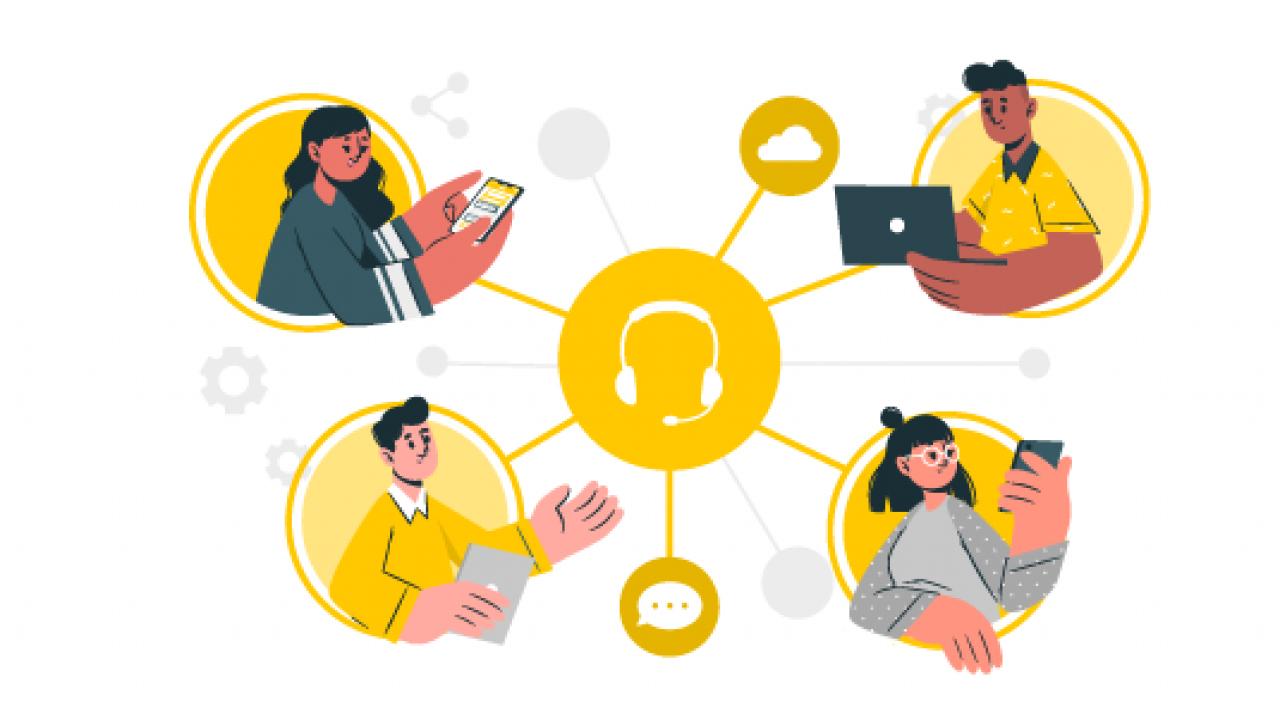
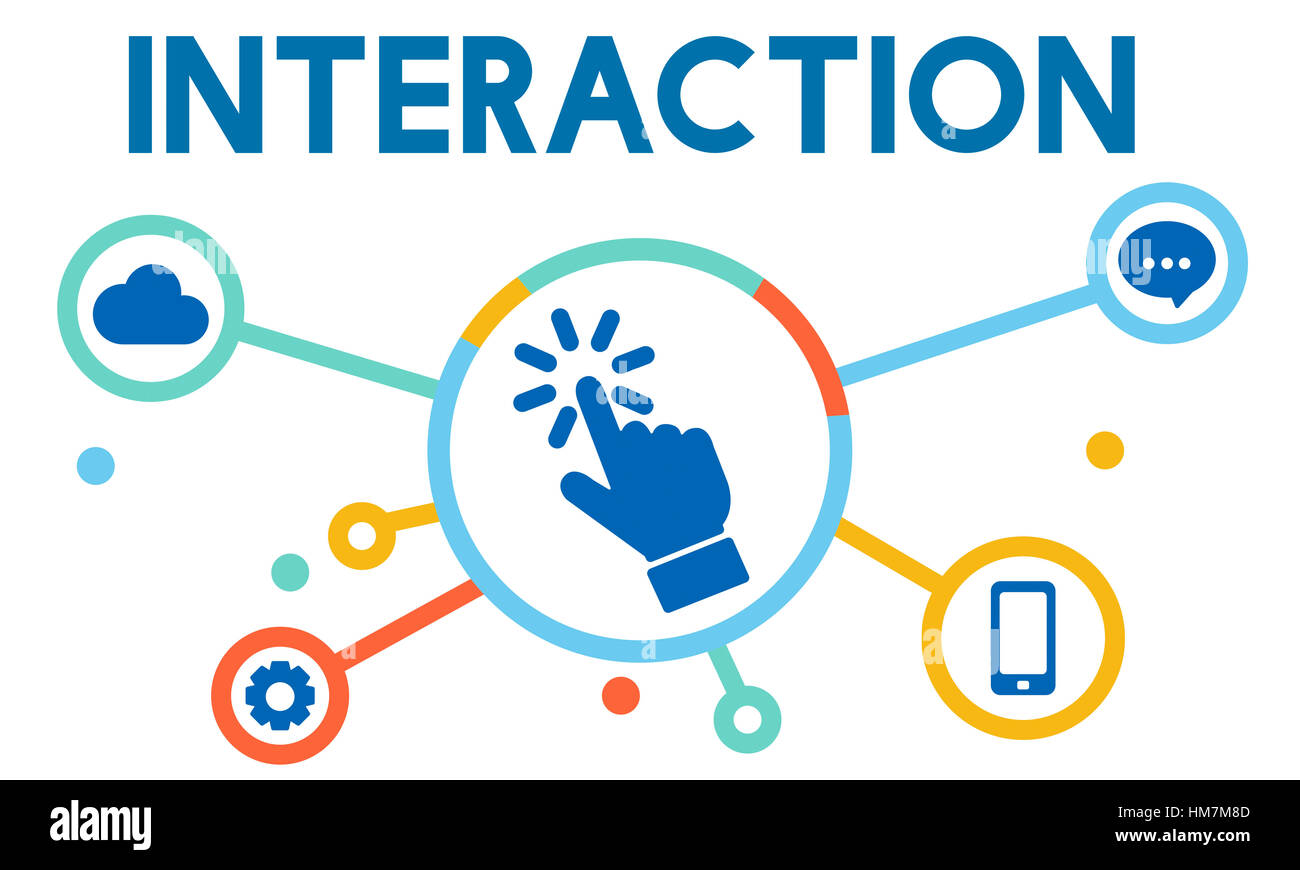
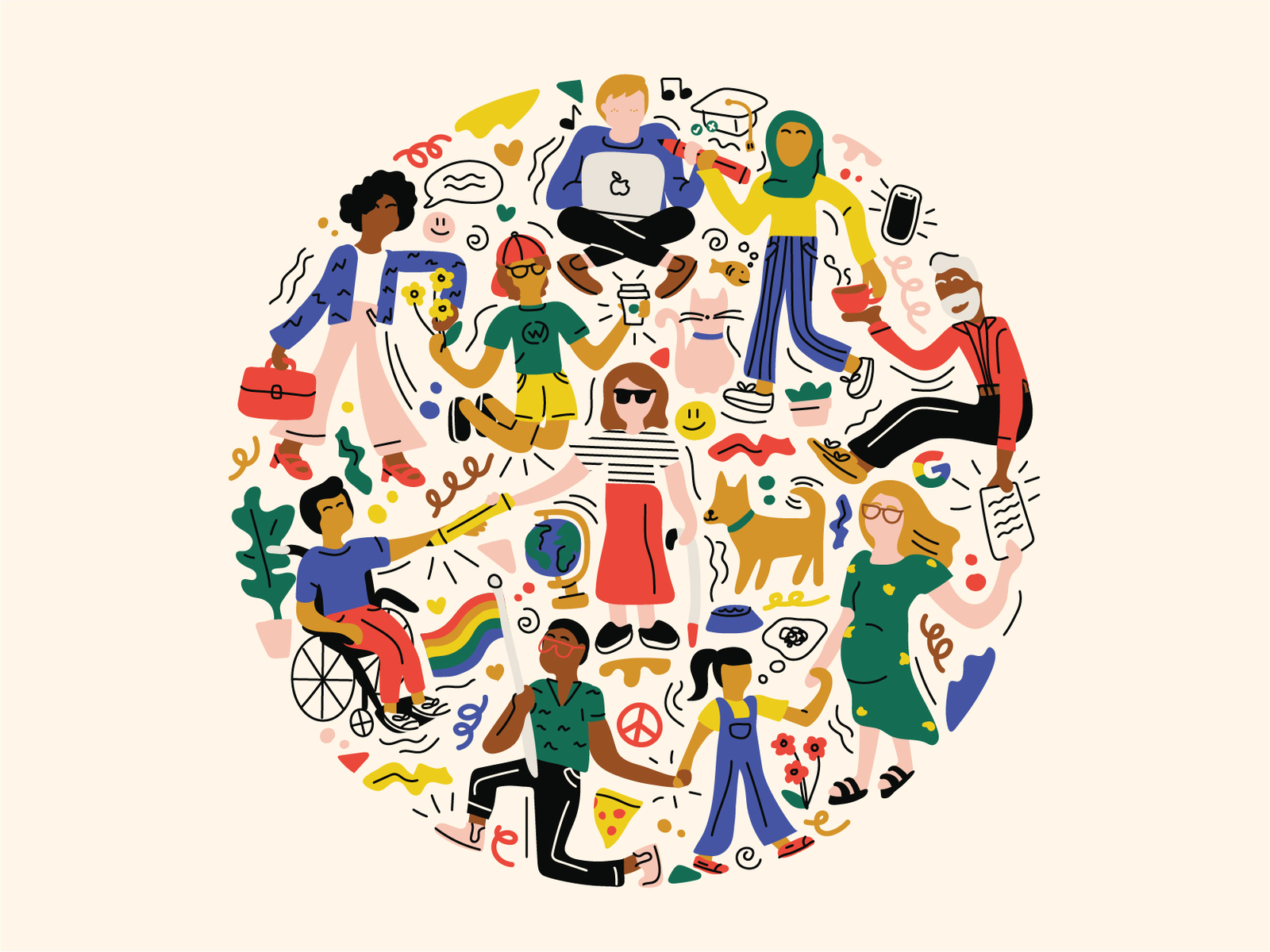
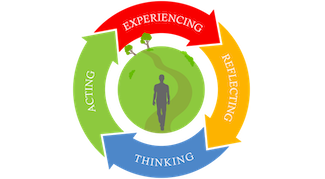


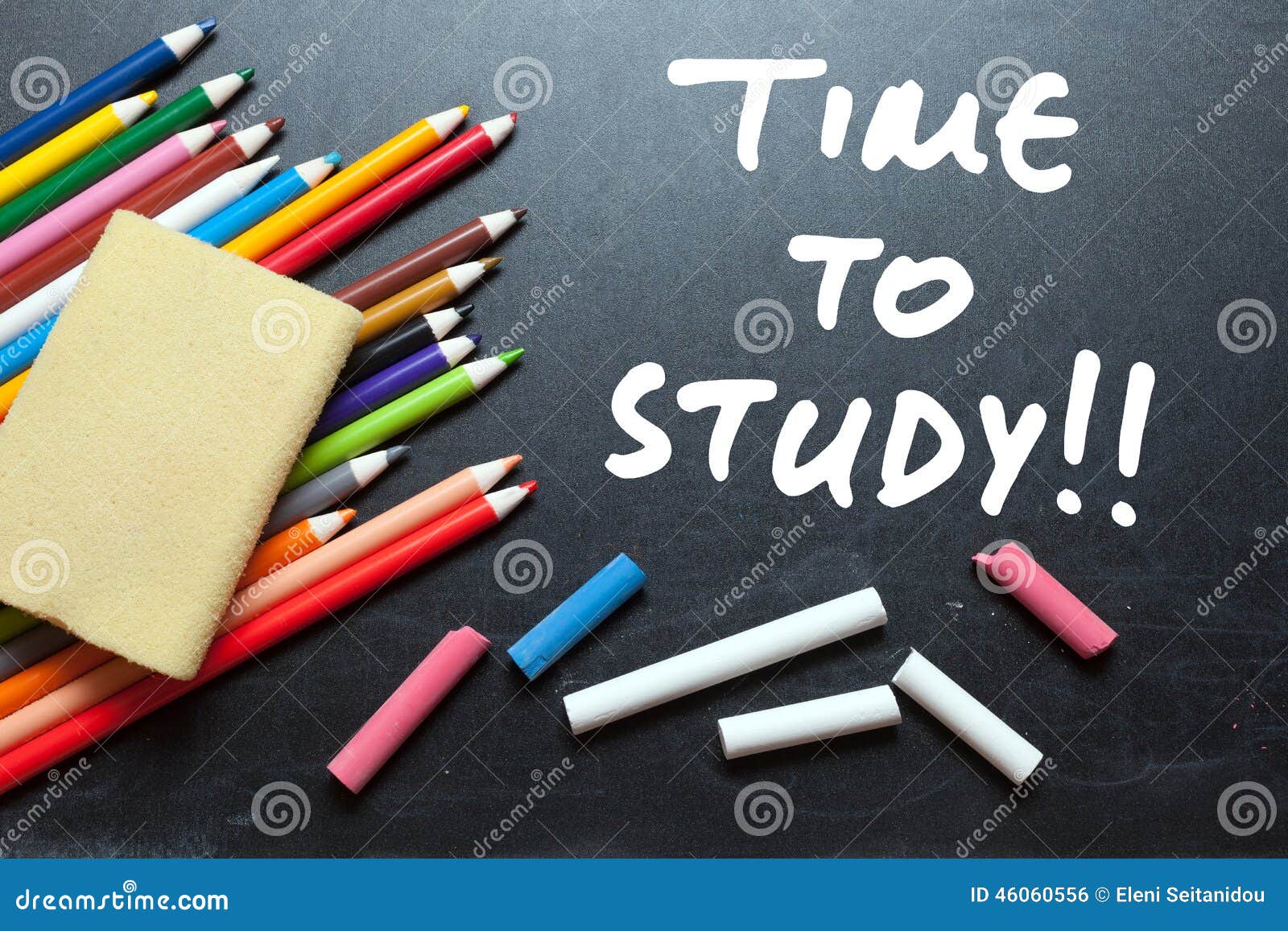
Recent Comments